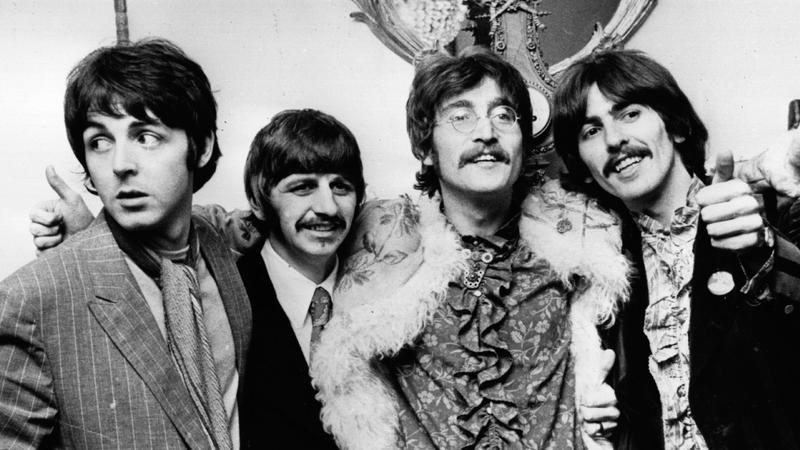
Ringo Starr and the chief engineer for The Beatles' Get Back sessions, Glyn Johns, sat down for a podcast interview and revealed the inner workings and secrets of Let It Be. Recorded live at the Rock and Roll Hall of Fame on Ringo Starr’s 83rd birthday, podcast hosts Brian Hiatt and Rob Sheffield got an inside look into the real story of Let It Be.
LISTEN NOW: Rolling Stone Music Now - The Secret History of The Beatles' 'Let It Be'
As fans will know, the Beatles were slowly breaking up at the time. The song “Let It Be” came to Paul McCartney among all the stress, when he dreamed his late mother was assuring him that all would be alright. The band went on to employ Glyn Johns as their engineer to get the music’s genuine feeling and sound across. “I’m sure the reason they chose me was because I had a history of making live records,” Johns told the hosts. “Really all they wanted was someone to represent whatever they were doing on stage on the record. They weren’t looking for clever tricks.”
Though as things developed, the band’s manager ultimately chose these “clever tricks” through producer Phil Spector and his version of the song - which both Johns and McCartney disagreed with. “He did a terrible job. Don’t misunderstand me — I respect Phil Spector for his early work tremendously,” Johns clarified. “But somebody like Phil Spector shouldn’t ever be allowed near a band like the Beatles, in my view. Phil Spector was always the artist in the records that he made. He treated the artists like parts of the machine to make the end result. I don’t think the Beatles ever require that kind of input.”
Another common story with fans is the infamous George Harrison walk out during a particular session, which is considered the first hint of a break-up. But as Glyn Johns tells it, no one inside their camp was quite concerned. Initially, Johns took Harrison’s storm-out incredibly seriously. “It was very real, extremely real!” he recalled. “He even took his eight track back. Talk about throwing your toys out the pram!” Once the initial shock wore off, Johns described how the walk out was rather normalized by all those involved. “The reality is that any band that I’ve ever known, there’s always a personality problem somewhere. It’s like working in an office, you fall out with people…there was nothing unusual about it really.” Eventually, the situation was blown off by Johns and the crew, and even by Ringo Starr himself.
“We were four guys, you have a row, you have this, and George left blah blah blah, and he came back. Stuff happens,” Ringo said in his interview. “But you’re also laughing, laughing with each other and at each other. And you know, Paul had started some song we’d never heard of, he had three words and a verse. That’s what we did.” While Johns acknowledged that, “George leaving when he did was an awkward moment,” the band got back to work and recording just as Ringo explained. “It never entered my mind that they’d break up,” he admitted.
Break up or no break up, the recordings of Let It Be have made an immeasurable impact on fans and music history itself. Ringo Starr attributes its success to the sessions regardless, saying, “It was great for the simple reason that we wanted to get into the studio and see where we could take it. And we took it to some great places.”
You can listen to the full podcast with Ringo Starr and Glyn Johns above, where Johns also discusses his time working with The Rolling Stones, The Who, and Led Zeppelin. Rolling Stone Music Now podcasts are available for on the free Audacy App,
LISTEN on the Audacy App
Sign up and follow Audacy
Facebook | Twitter | Instagram
